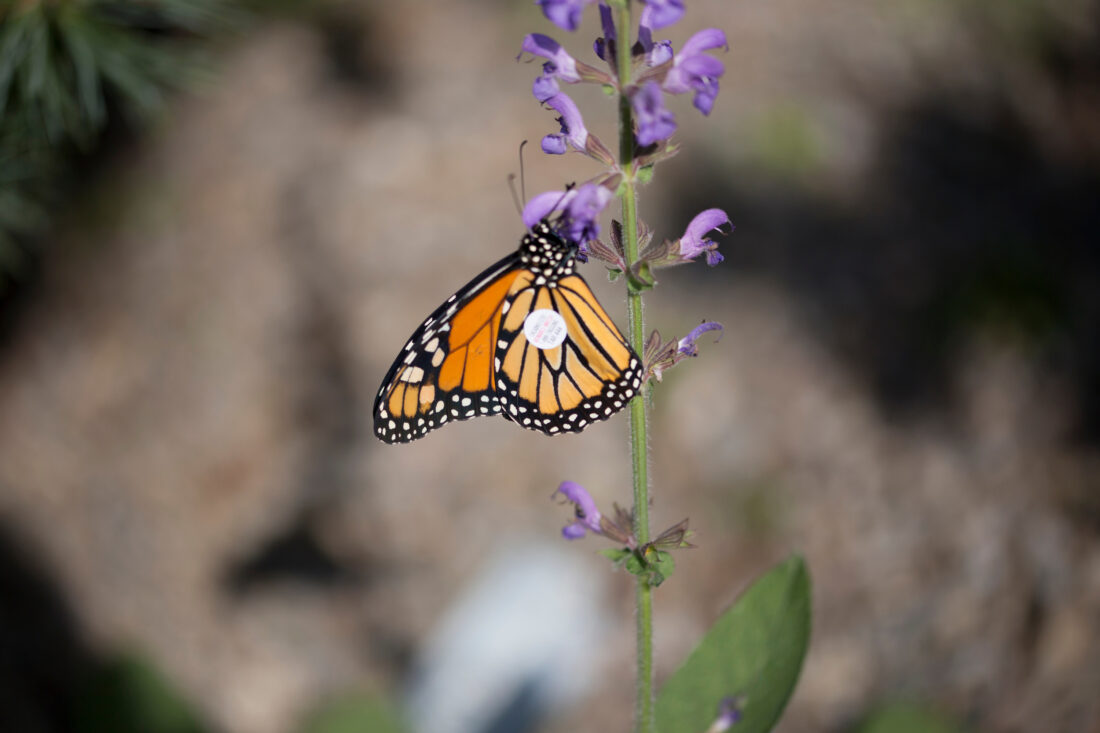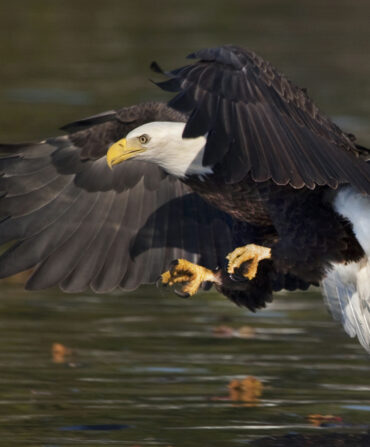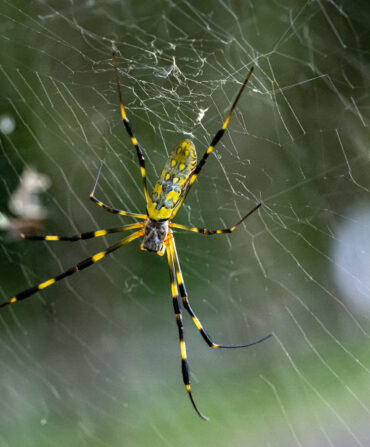Try as they might and capable as they are, biologists can’t be everywhere at once. And conservation work rests upon data collection in the field; it’s hard to save a species without knowing where it is or how it behaves. That’s where citizen science comes in. Regular people can act as boots on the ground, counting animals during migrations, reporting wildlife sightings for maps, collecting samples, and generally being the eyes and ears of scientists.
Though many citizen projects are local to one area, others span the South, the country, and beyond. Below, find nine programs ranging in geographic and scientific scope, from counting songbirds in winter to logging snake sightings year-round.

Monitor nests
Cornell Lab of Ornithology’s NestWatch program tracks trends in bird reproduction—like when the avians nest, how many eggs they lay, and how many hatchlings survive. After locating a nest of, say, a red-bellied woodpecker or a purple finch with the help of Cornell’s tips, a participant checks in on the nest every few days and records their observations. Cornell also offers a guide for setting up nest boxes—and nest cameras—for species like American kestrels and eastern bluebirds.
Log amphibian and reptile sightings
Snakes, turtles, salamanders, and frogs might be a little harder to spot than birds, but the South is full of them, and herpetologists need people’s help to get a sense of the ranges of different species. Herp Mapper is a nonprofit that sends such data to groups conducting research and conservation. Just fill out this simple form to register what you saw.
Become an iNaturalist
A tool for reporting observations of flora and fauna nationwide, the free iNaturalist app generates a massive database that is shared with large-scale data repositories like the Global Biodiversity Information Facility as well as local organizations. Currently, Great Smoky Mountains National Park is soliciting documentations of “most wanted species” like peregrine falcons and even something called dog vomit slime mold.
Beachcomb for sea turtles
The North Carolina Sea Turtle Project trains volunteers in all manner of sea turtle stewardship. Starting in May, they need people to walk stretches of beach along the state’s coast each morning looking for turtle tracks and nests. Starting in July, volunteers guard nests that are ready to hatch.
Watch for invasive species
The Invaders of Texas Program trains citizen scientists to be on the lookout for invasive species ranging from fire ants to zebra mussels to Japanese climbing ferns. Local observations feed into a statewide map that informs biologists combatting the unwelcome guests.
Count birds
The Great Backyard Bird Count, brainchild of the National Audubon Society and Cornell Lab of Ornithology, invites anyone to submit the birds they have seen in their yards each February. As one of the largest citizen science projects in the country, the huge dataset lets scientists analyze trends in bird populations and movements—and it only takes a quick fifteen minutes of observation time from home or a favorite birding spot.
Tag monarch butterflies
In 1992, the Monarch Watch Tagging Program launched as a large-scale community science project to shed light on the butterfly’s fall migration through mark and recapture. Participants carefully catch monarchs, record data about them, and place a numbered sticker on a wing (or report if they capture one already wearing a tag). Order kits, which include a set of tags, a datasheet, and instructions, here.
Count migrating hawks
Each fall, usually starting in September, raptors come out in full force as they migrate south from their breeding grounds in remote northern areas to wintering spots in Central and South America. Organizations like HawkWatch International coordinate counting events nationwide, and local spots like Grandfather Mountain in North Carolina call on volunteers as well.
Photograph dolphins
Florida Atlantic University’s Harbor Branch Oceanographic Institute is on the hunt for photographers who can snap shots of dolphins along the thousands of miles of Florida coast outside the scope of biologists’ traditional surveys. The data illuminates day-to-day habitat use and behaviors of resident dolphins, which informs conservation efforts.
Want more? This database has an extensive list of other citizen science projects.








